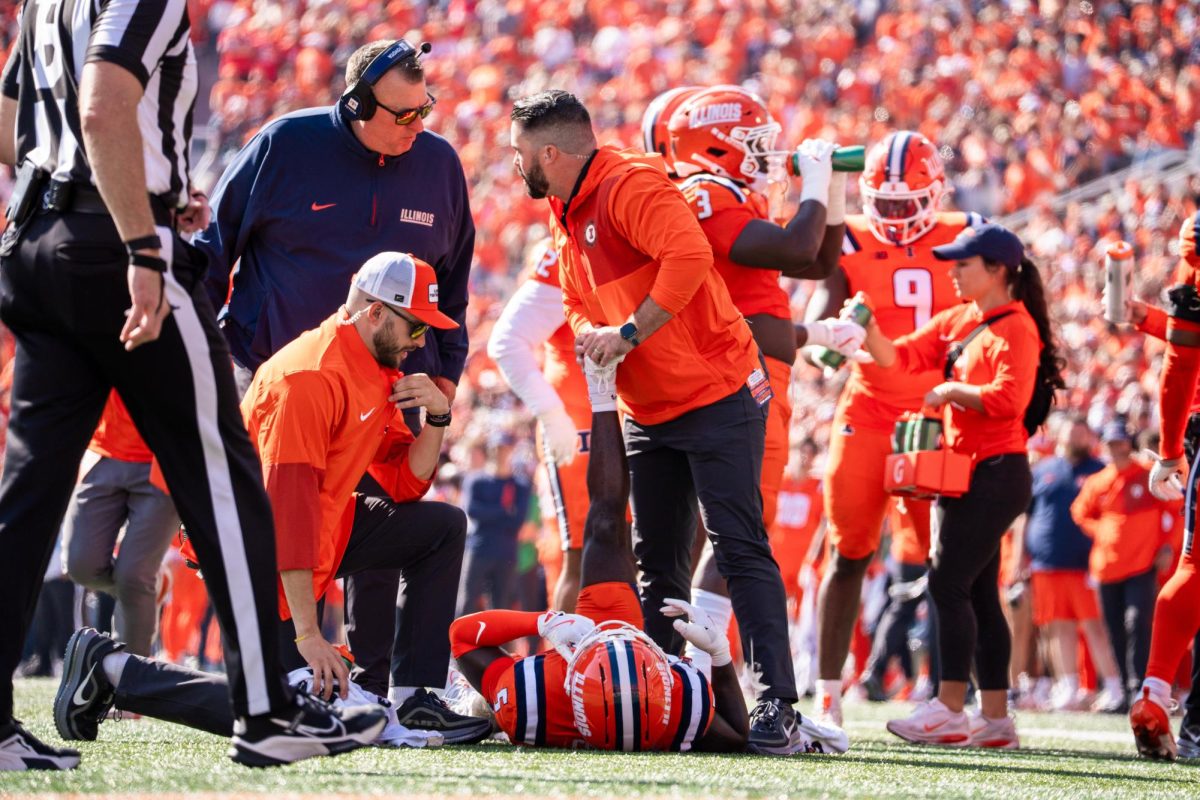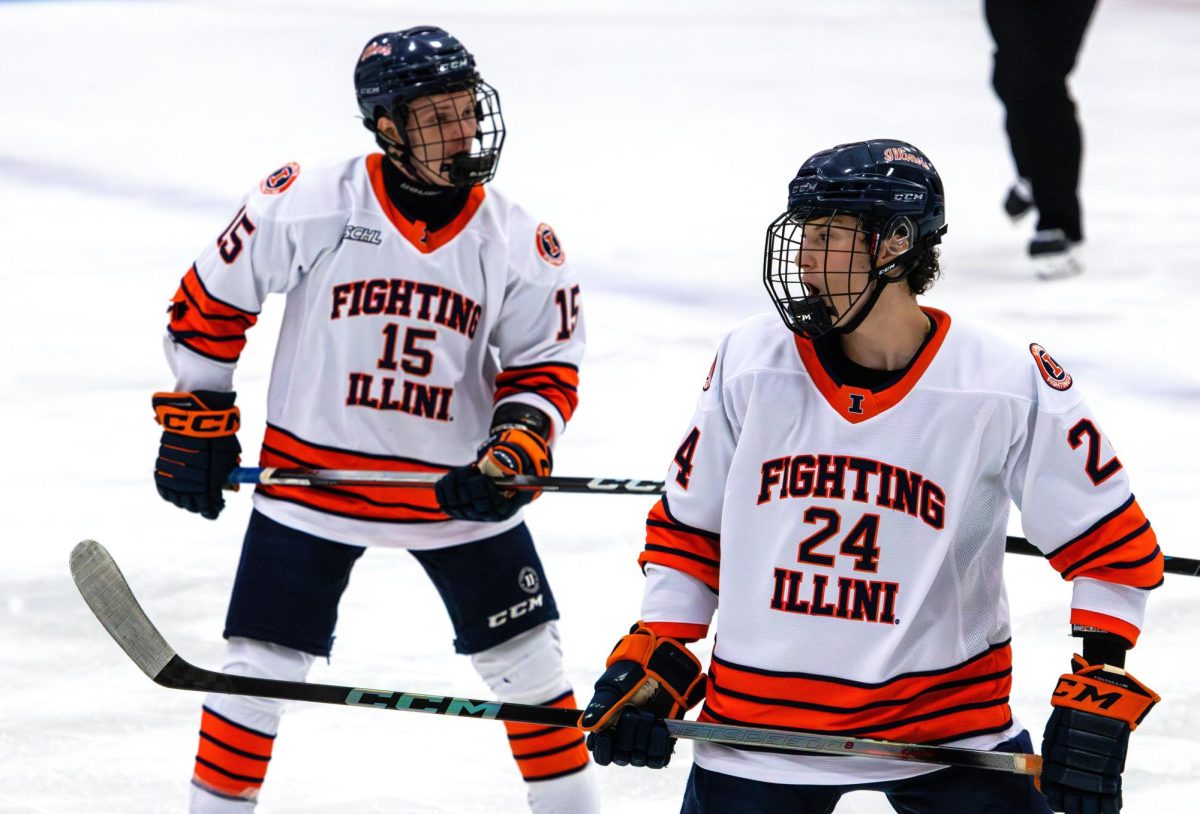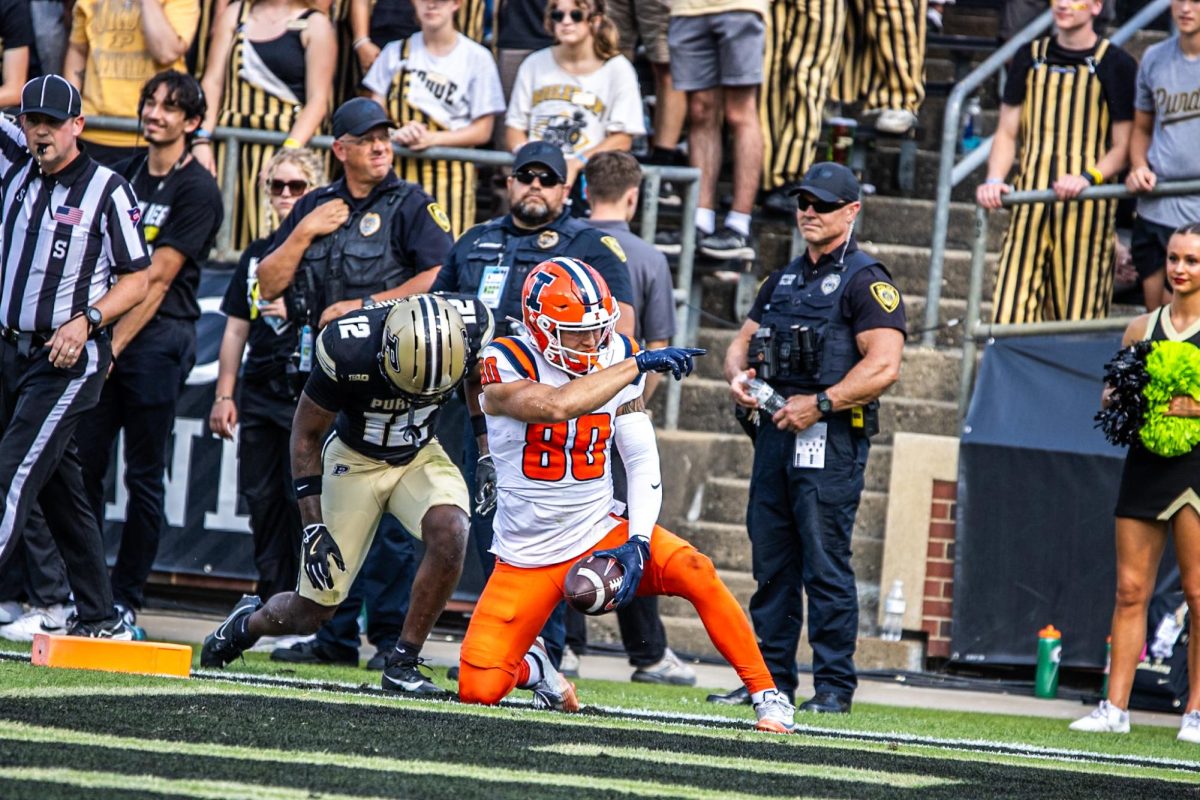Extra-sensory perception, alien abduction and psychic crime-solving are just a few topics discussed in one of the University’s discovery courses, Physics 192.
Led by physics professor Kevin Pitts, this course helps students learn the difference between real science and the pseudoscience of today’s culture.
“Professor Pitts doesn’t just lecture us on his beliefs,” said Simi Chabra, freshman student in DGS. “He actually listens to us and makes sure that our opinions are heard. And with these types of topics, there are definitely many differences in opinion.”
The class utilizes both lecture and group-work approaches to learning, with the main grade coming from a group project. The class is split into four groups, and each group designs their own experiment. This semester’s project focused on the paranormal aspect of pseudosciences like ESP, or extra-sensory perception.
The idea behind the project is to get students to design experiments that are unbiased and based on scientific observations.
Get The Daily Illini in your inbox!
“We’re just using paranormal stuff as a vehicle to do this”, said Pitts. The actual experiments vary, but they are all trying to prove — or disprove — certain kinds of ESP.
The groups will be testing for ESP using different experiments such as using a Ouija board to test for extra-sensory perceptions, testing roommates for psychic connections, searching for ESP between members of the same gender, and organizing an activity for a randomized participant pool in order to test for extra-sensory abilities..
Elma Herrera, freshman in LAS, is in the group testing for ESP. She said that their test would measure how likely people are to believe information from their peers or the media, as well as if there are people out there with ESP, and if being told they might have ESP would make people believe they actually do.
“We think that people will be more likely to believe false information if they’re told it from a scientific standpoint,” Herrera said.
Herrera’s group plans to first ask 50 participants if they believe in people with psychic abilities. Then, the experimenters will present them with a fake document stating that a large percentage of the population may be have some extra-sensory abilities. The following responses will be measured and recorded.
In the next part of the experiment, the participants will get ten tries to guess which cup out of three contains a hidden ball.
Afterwards, half of the participants will be told their actual results, while the other half will be told they received a high number of guesses correct, and that they may have ESP.
“We predict that people (in the second group) might say, ‘Yeah, I heard about some people being psychic, and I thought I might be too,” Herrera said.
According to Pitts, another goal of the project is to teach students how to interpret their results, and to consider other factors that could affect their results.
“Real-life experiments often require modifications, so it’s important to teach them how to control the variables,” he said.
In addition to the group experiments, the class focuses on different topics in pseudoscience, like UFOs, global warming and alternative medicines. When discussing the topic of UFOs, for example, the class takes a two-part approach—clarifying what’s being asked, and then answering with logic.
“First, we want to clarify what questions are being asked,” Pitts said. “‘Is there alien life?’ and ‘Have they come to visit us?’ are two very different questions,” he said.
Pitts said that there are more stars in the universe than there are grains of sand on Earth, so he believes it is possible that there could be life on other planets or in other galaxies. However, for the second question, Pitts said that the likelihood of aliens visiting Earth is slim because the stars and galaxies are so far apart.
“From the practical stand-point, nothing can travel faster than the speed of light, so it would take at least 25,000 years to reach the center of the universe,” Pitts said. “That’s if we ever create the technology (for a person) to travel that fast.
“Extraordinary claims require extraordinary evidence,” he said.





